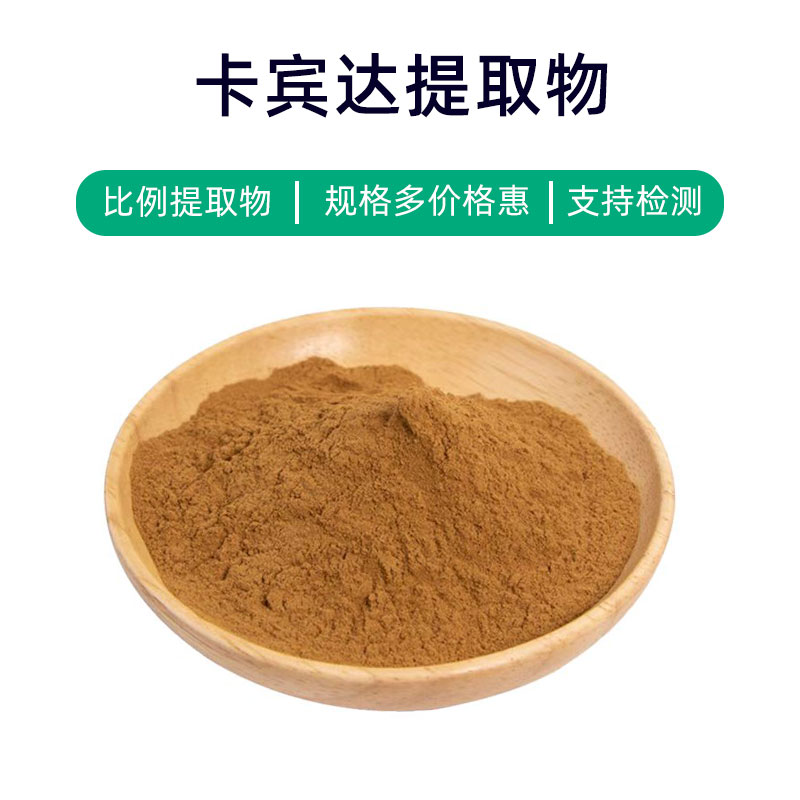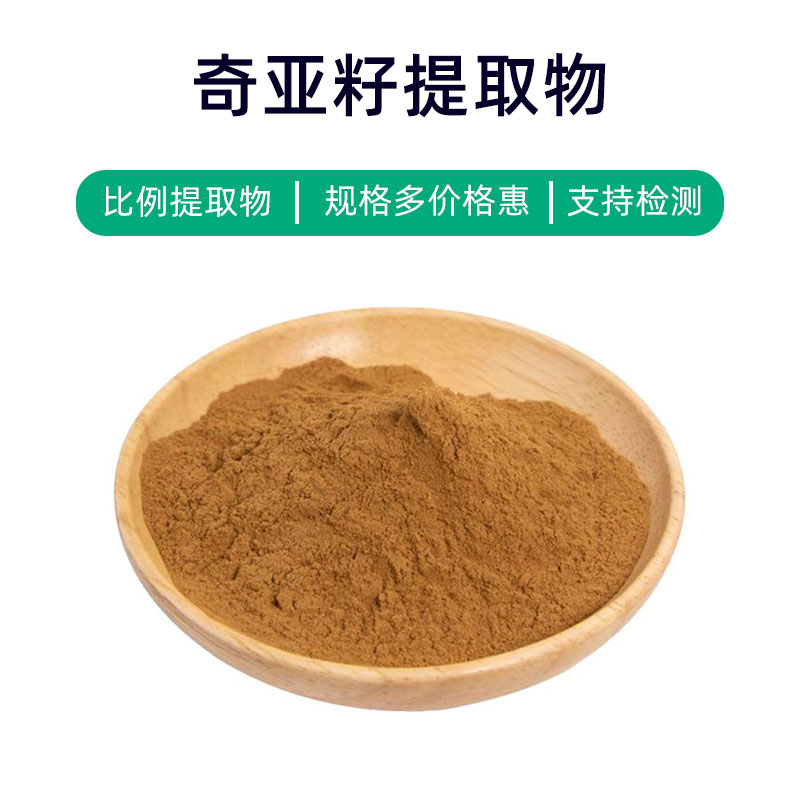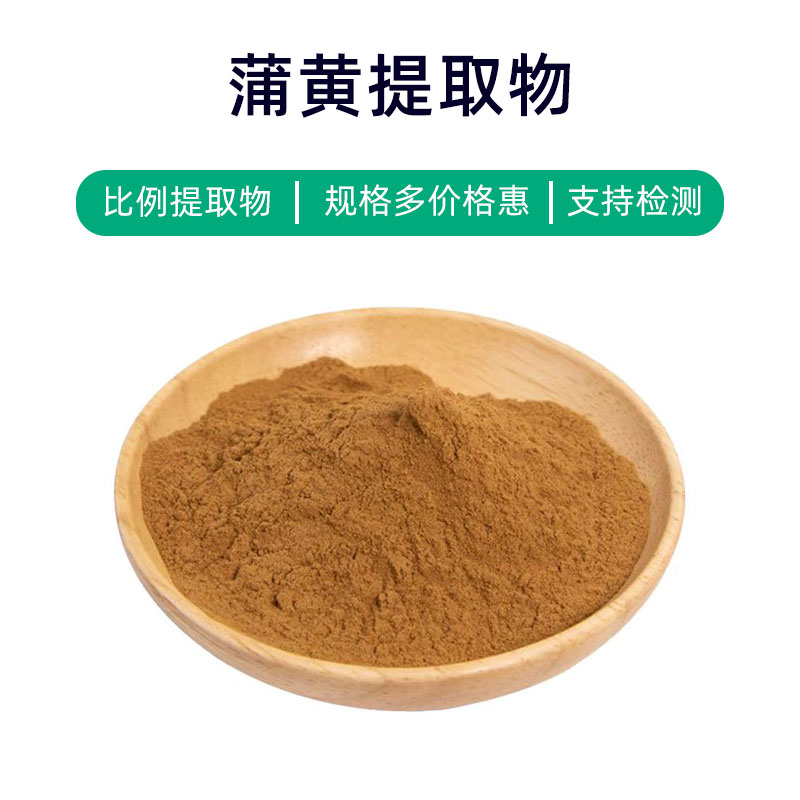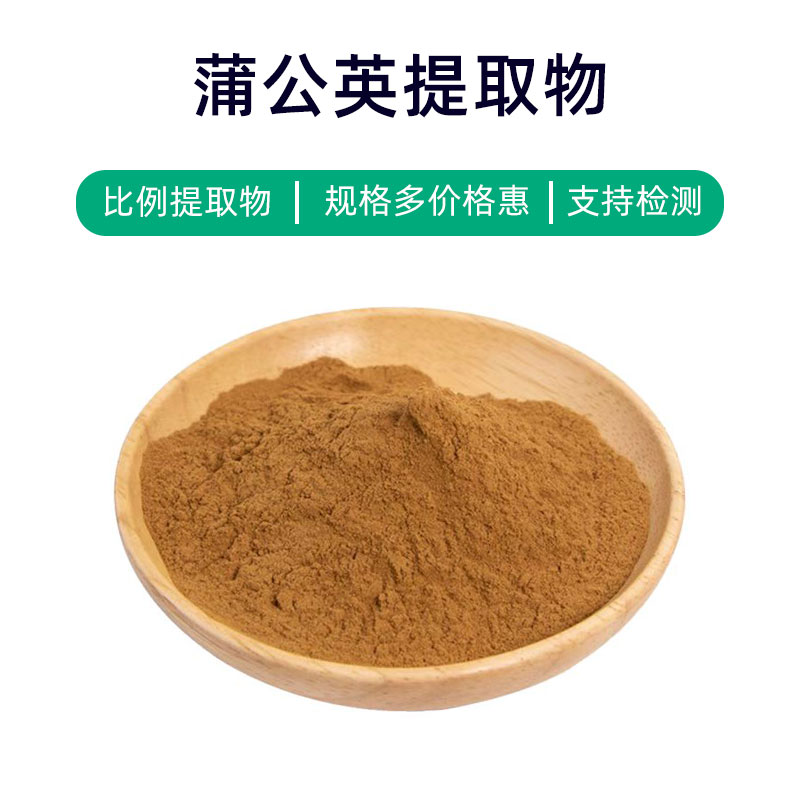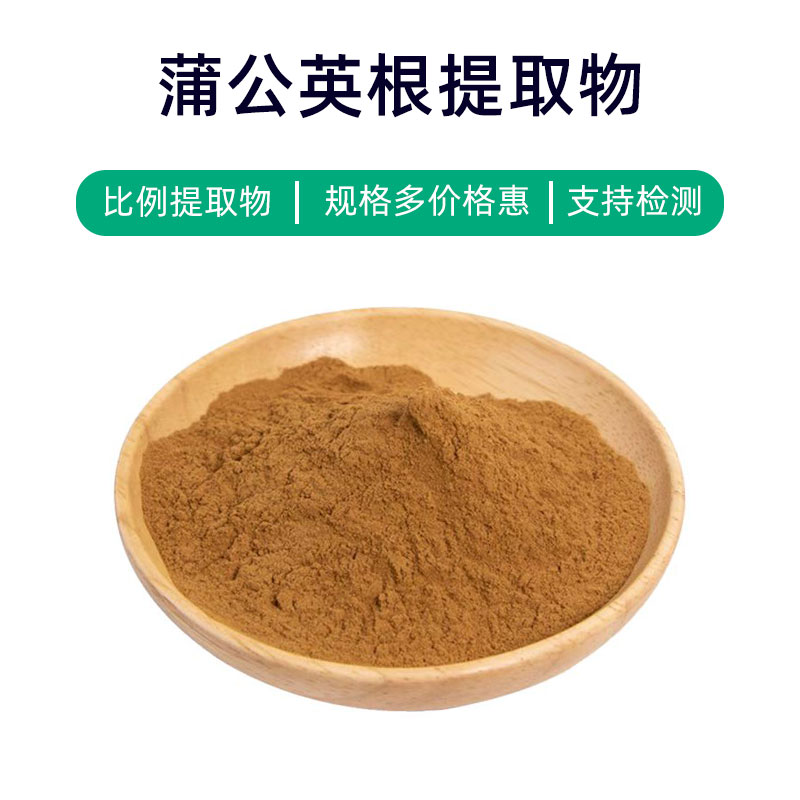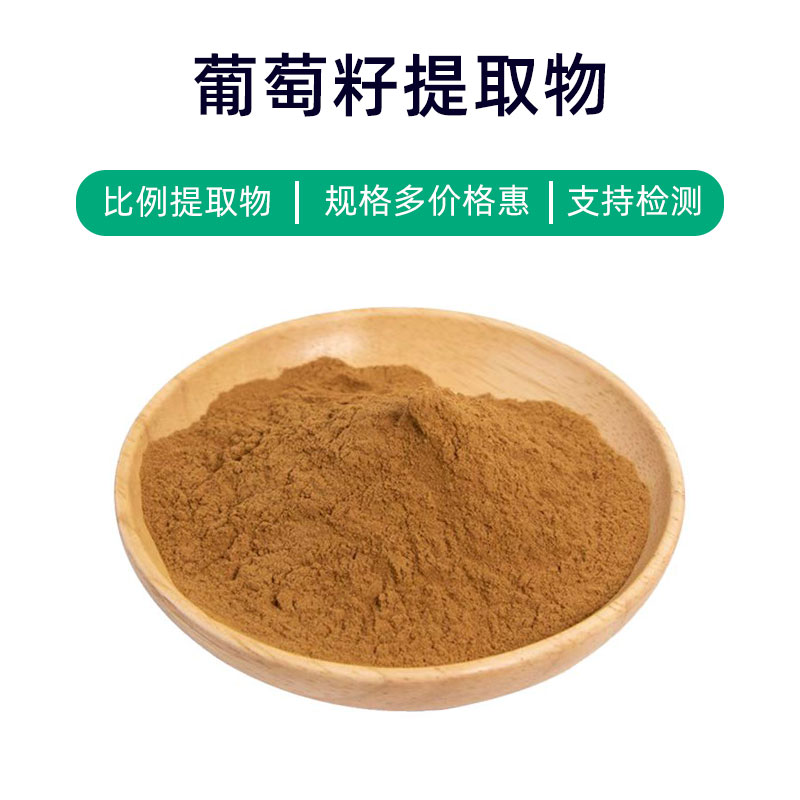Introduction to Cynanchum atratum Extract Product
Cynanchum atratum extract is a natural plant extract obtained from Cynanchum atratum (scientific name: Cynanchum atratum). Its main components include flavonoids, alkaloids, polysaccharides, etc. These components endow Cynanchum atratum extract with various effects and applications.
Firstly, Cynanchum atratum extract has antioxidant and anti - inflammatory effects, which helps protect cells from damage caused by free radicals and inflammation. It has a certain effect on improving skin conditions and slowing down the aging process. Its antioxidant properties also make it often used in skin care products, such as creams and serums.
In addition, Cynanchum atratum extract also shows good moisturizing and soothing effects. It has a certain moistening and soothing effect on dry and sensitive skin and can be used in skin care products for dry and tight skin.
Moreover, Cynanchum atratum extract also has certain applications in the medicinal field. For example, it is used as a medicinal material in traditional Chinese medicine preparations, with effects such as clearing heat and detoxifying, and stopping bleeding and astringing. However, it should be noted that the use of Cynanchum atratum extract as a medicinal material requires the guidance and advice of professional pharmacists or doctors.
In general, as a natural plant extract, Cynanchum atratum extract has various effects such as antioxidant, anti - inflammatory, moisturizing, and soothing, and is widely used in fields such as skin care products and pharmaceuticals. It is a promising plant extract.
Production Process of Cynanchum atratum Extract
The production process of Cynanchum atratum extract usually includes the following steps:
- Raw material collection: Firstly, high - quality Cynanchum atratum should be selected as the raw material. Usually, tender flowers, leaves, or roots are the main parts for extraction.
- Cleaning and processing: The collected Cynanchum atratum raw materials need to be thoroughly cleaned to remove soil, impurities, and other pollutants, and then undergo preliminary processing, such as removing the stems, chopping, or grinding into particles suitable for extraction.
- Extraction: Extraction is one of the key steps. Commonly used extraction methods include water extraction, ethanol extraction, or dimethyl sulfoxide extraction. Choosing a suitable extraction method can effectively extract the active ingredients in Cynanchum atratum.
- Filtration and concentration: The extracted solution needs to be filtered to remove solid particles and impurities, and then concentrated to obtain a concentrated Cynanchum atratum extract.
- Drying: The concentrated extract needs to be dried to reduce the water content. Usually, methods such as spray drying or vacuum drying are used.
- Crushing and screening: The dried extract is usually in granular or块状 form and needs to be crushed and screened to obtain the required particle size.
- Quality inspection: The extract is subjected to quality inspection, including indicators such as appearance, color, odor, and content, to ensure that the product meets quality standards and regulations.
- Packaging and storage: Finally, the Cynanchum atratum extract that meets the quality requirements is packaged. Usually, sealed packaging is used to avoid the influence of oxygen, moisture, and light, and then stored in a dry, cool, and ventilated environment to extend its shelf life and stability.
Overall, the production process of Cynanchum atratum extract requires strict control in multiple steps such as raw material selection, cleaning and processing, extraction, concentration, drying, crushing, and packaging to ensure the quality and stability of the product.
Efficacy, Function, and Side Effects of Cynanchum atratum Extract
Cynanchum atratum extract is a natural plant extract obtained from Cynanchum atratum (Cynanchum atratum). It has various effects and functions.
- Antioxidant effect: Cynanchum atratum extract is rich in flavonoids, such as rutin and quercetin, which have significant antioxidant effects. It helps neutralize free radicals and delay cell aging, and has a certain effect on improving skin condition and slowing down the aging process.
- Anti - inflammatory and anti - allergic: The bioactive components in Cynanchum atratum extract can inhibit inflammatory and allergic reactions, relieve skin redness, swelling, itching and other discomfort symptoms, and have a certain relieving effect on sensitive skin and skin problems such as eczema.
- Moisturizing and nourishing: Cynanchum atratum extract has good moisturizing performance, which can lock in skin moisture and enhance the skin's barrier function. It has a certain moistening and soothing effect on dry and dehydrated skin.
- Skin conditioning: Cynanchum atratum extract has a certain effect on skin conditioning. It can balance skin oil secretion, shrink pores, and improve uneven skin tone, making the skin healthier and smoother.
- Inhibiting pigmentation: Some studies have shown that Cynanchum atratum extract has the effect of inhibiting melanin deposition and can be used for skin - whitening effects such as fading pigment spots and reducing sunspots.
- Side effects: Generally, when Cynanchum atratum extract is used as an external cosmetic raw material, there are few side effects. However, some individuals may experience skin allergic reactions, such as redness, swelling, and itching. It is recommended to conduct a skin test before use. If there is any discomfort, stop using it immediately and consult a professional doctor for advice.
Overall, Sophora japonica extract, as a natural plant extract, has a wide range of applications in skincare and cosmetics. It offers multiple benefits such as antioxidant, anti-inflammatory, moisturizing, and skin-conditioning effects. However, when using it, the principles of proper dosage, applicability, and suitability should be followed to avoid adverse reactions.
Applications and Dosage of Sophora Japonica Extract
Sophora japonica extract has broad applications in the pharmaceutical, food, and cosmetics industries. Below are the specific application scenarios and recommended dosages:
Pharmaceutical Field:
Use: In the pharmaceutical field, Sophora japonica extract is primarily used in the preparation of medications or traditional Chinese medicine formulas. It has effects such as clearing heat and detoxifying, reducing swelling and pain, and cooling the blood to stop bleeding.
Dosage: Generally, when used in pharmaceutical formulations, Sophora japonica extract should be used under the guidance of a doctor or pharmacist. The dosage depends on the specific condition and formulation.
Food Field:
Use: In the food industry, Sophora japonica extract is mainly added to health supplements or functional foods, providing antioxidant, anti-inflammatory, and digestive-promoting benefits.
Dosage: As a food additive, it should be added according to food safety standards and formulation requirements. The dosage is typically within an appropriate range and should not exceed the recommended amount.
Cosmetic Field:
Use: In the cosmetics industry, Sophora japonica extract is widely used in skincare and beauty products, offering antioxidant, moisturizing, and soothing effects.
Dosage: When used as a cosmetic ingredient, it is generally added to products according to the formulation's ratio. The dosage depends on the specific product type and its intended effects. It is advisable to follow the product instructions or manufacturer recommendations.
In summary, Sophora japonica extract in the pharmaceutical field is used under the guidance of a healthcare professional, as a food additive it must comply with food safety standards, and in cosmetics, it should be used according to the product instructions or professional advice to ensure safety and effectiveness.
Introduction, Distribution, and Growing Environment of the Source Plant of Sophora Japonica Extract
Sophora japonica, also known as the Japanese pagoda tree or locust tree, is a plant of the legume family. Below is an introduction to the source plant, its distribution, and growing environment.
Source Plant: Sophora japonica is a deciduous or evergreen tree, which can grow up to 20 meters tall. Its bark is gray or dark gray, and its leaves are compound, with ovate to elliptical leaflets arranged alternately. The flowers are yellowish-white and form a panicle, blooming from June to August. The fruit is a legume containing several seeds, which are flat and round, with a black-brown color. Sophora japonica is a common ornamental tree and one of the traditional medicinal materials in Chinese medicine.
Distribution: Sophora japonica is primarily found in China, Japan, Korea, and Mongolia, with China being one of its main production areas. In China, it is widely distributed in regions south of the Yangtze River, including South China, Central China, East China, and Southwest China. Due to its strong environmental adaptability, it can also tolerate drought and cold to some extent, allowing it to grow in various climatic conditions.
Growing Environment: Sophora japonica prefers a warm and humid climate, with high light requirements and a preference for sunny growing conditions. It is not very particular about soil but thrives in fertile, loose, and well-drained soil. The tree grows relatively quickly and has strong soil adaptability, but it is less tolerant of saline-alkaline and waterlogged soils.
Sophora japonica extract is typically obtained from parts of the plant such as the bark, leaves, or seeds, which are rich in active compounds like flavonoids and alkaloids, offering various medicinal and health benefits. Therefore, understanding the source plant's characteristics, distribution, and growing environment is essential for better understanding the properties and application value of the extract.
Processing and Storage of Sophora Japonica Extract
The processing of Sophora japonica extract mainly involves the following steps: first, the collection of plant parts such as bark, leaves, or seeds for extraction; next, the raw materials are crushed and ground to facilitate the extraction of active components; then, methods like water extraction, alcohol extraction, or supercritical CO2 extraction are used to obtain the extract; finally, filtration, concentration, and drying processes are employed to produce the final powdered or liquid extract.
In terms of storage, Sophora japonica extract should be kept in a dry, ventilated, and cool environment, away from direct sunlight and high temperatures. Liquid extracts should be stored in sealed containers to prevent exposure to air, moisture, and foreign substances. Additionally, it is important to avoid contact with toxic or harmful materials to ensure the quality and stability of the extract.
Monica Sun is a seasoned expert in the plant extraction industry with over a decade of experience in research and production. She specializes in the extraction and purification of plant active ingredients, focusing on driving innovation in natural product applications. Monica has participated in the development of multiple functional plant extracts, delivering high-value natural raw material solutions for the health food, pharmaceutical, and dietary supplement sectors.









